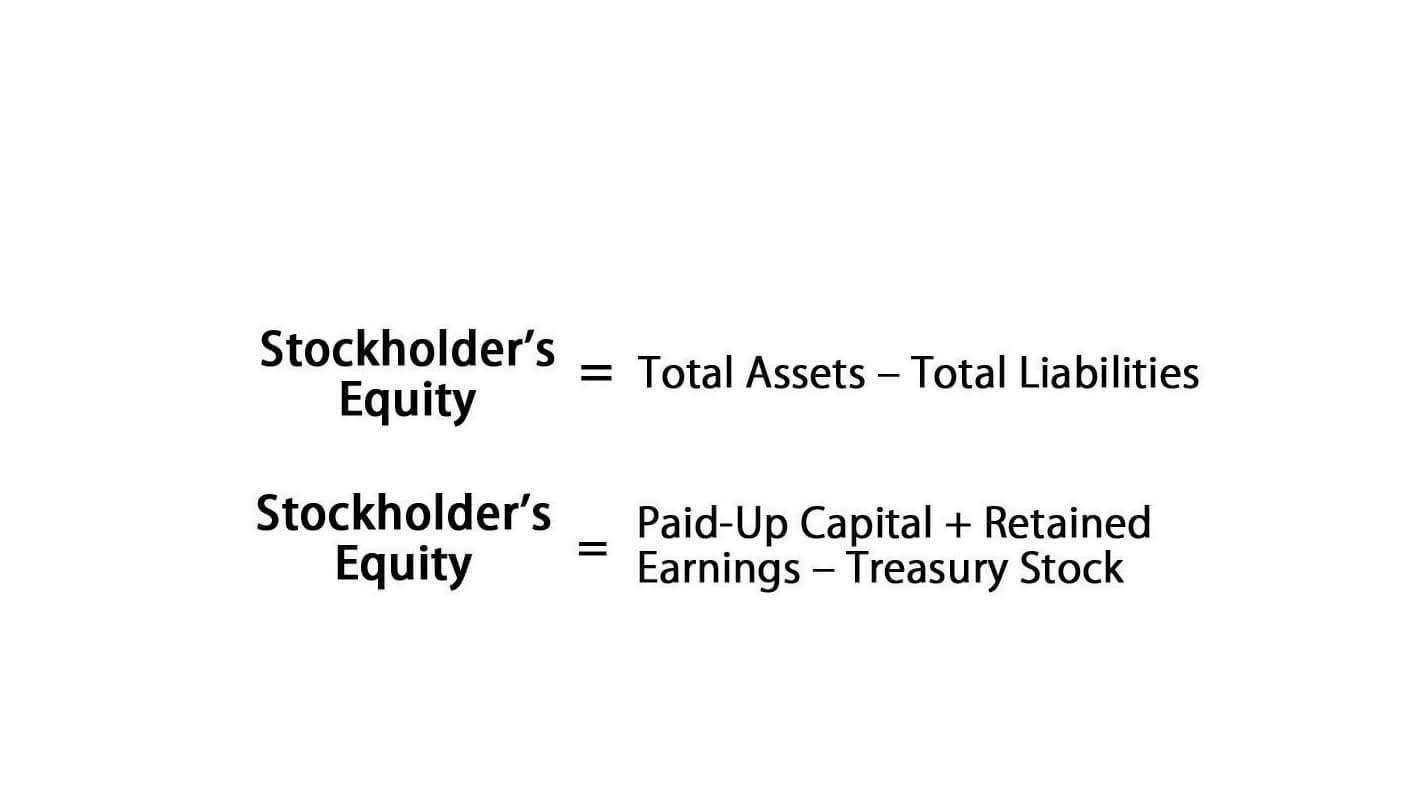
The SEC (Securities and Exchange Commission) mandates that publicly traded corporations disclose their financial information periodically, typically at the end of each fiscal year. By publishing financial statements after a company’s fiscal year-end, stakeholders have an updated understanding of the organization’s overall financial health and performance compared to previous years. This may lead to a fiscal year-end that deviates from the calendar year, as some companies might have business cycles that don’t align with the standard Dec. 31 cutoff. For example, retailers often select different fiscal year-ends due to their heavy sales periods during the holiday season. Comparing inventories and producing financial statements at the same time as the shopping frenzy can be challenging. In contrast, luxury resorts might find it most advantageous to report earnings after the vacation season, which could lead them to choose a Sept. 31 fiscal year-end.
- Businesses offer discounts and promotions to clear excess inventory and boost sales before closing their financial books.
- Failing to do so could result in biased interpretations of a company’s financial position and impact investment decisions.
- Publicly traded companies rely on consistent naming to provide transparent and comparable financial data to investors and analysts, ensuring clarity and reliability across reporting periods.
- The year-end financial statements provide investors with an idea of the firm’s annual performance with respect to the previous years.
- For companies that rely on seasonal activity, using a fiscal year may be beneficial.
Understanding Fiscal Year-End: Differences from Calendar Year-End and Implications for Financial Statements
These reports provide a snapshot of the company’s financial health at the end of the fiscal year. These reports provide insights into company performance compared to previous years. A fiscal year-end signifies the conclusion of an accounting period, which typically spans 12 months but may not align with the calendar year.

Preparing Adjusting Entries

To keep your books accurate, you’ll need to account for any wages your business will pay out before the end of the year, even if those checks are cut after the close of your accounting period. If your employees’ wages are not predictable, you may need to estimate hours and make adjustments after the fact. Fiscal year-end is a consecutive twelve-month period that a company chooses for financial reporting purposes. Unlike the calendar year, which runs from January 1st to December 31st, a fiscal year is determined by the company. Some companies don’t have a well-established closing process, creating significant challenges as team members resort to relying on memory. But by taking the time to establish documentation—even if your financial close process itself isn’t perfect—you’ll avoid more work for your team in the long run.
- The fiscal year may differ from the calendar year, which ends December 31, and usually concludes at the end of a month.
- Stay organized, practice perpetual inventory with the help of good inventory management software, and utilize barcodes and QR codes to help you speed through physical inventory counts.
- The account manager has asked his assistant to prepare a breakdown with the company’s key financial indicators so that he sees how the company performed YoY comparing its fourth quarter and fiscal year.
- The template automatically calculates your ending inventory, also allowing you to forecast future inventory needs throughout the year, using your existing inventory trends based on purchases, usages and demand.
Accrue estimated income tax expenses
To help you manage and track all your tasks in contra asset account the annual close process, we’ve created this downloadable checklist for you. For example, a company with a December 31 year-end must file its taxes by April 15 of the following year. Fiscal-year taxpayers must adhere to different deadlines set by tax authorities. Shaun Conrad is a Certified Public Accountant and CPA exam expert with a passion for teaching. After almost a decade of experience in public accounting, he created MyAccountingCourse.com to help people learn accounting & finance, pass the CPA exam, and start their career. Year-end closing also prepares businesses for possible audits, while providing owners and managers the information they need to make informed decisions about their business.

Closely Review Financial Statements
Companies may consider deferring revenue recognition until the subsequent year if it results in lower tax liability. However, they must ensure this does not conflict with generally accepted accounting principles and SEC guidelines. The account manager has asked his assistant to prepare a breakdown with the company’s key financial indicators so that he sees how the company performed Coffee Shop Accounting YoY comparing its fourth quarter and fiscal year.
Inventory counts are often conducted to adjust for shrinkage or obsolescence, impacting profitability metrics. Public sector entities focus on reconciling grant expenditures and meeting funding requirements. The start month of a fiscal year Year-End Accounting Checklist significantly influences an organization’s financial management. While many entities align their fiscal year with the calendar year, others choose different starting points to better match operational cycles.
